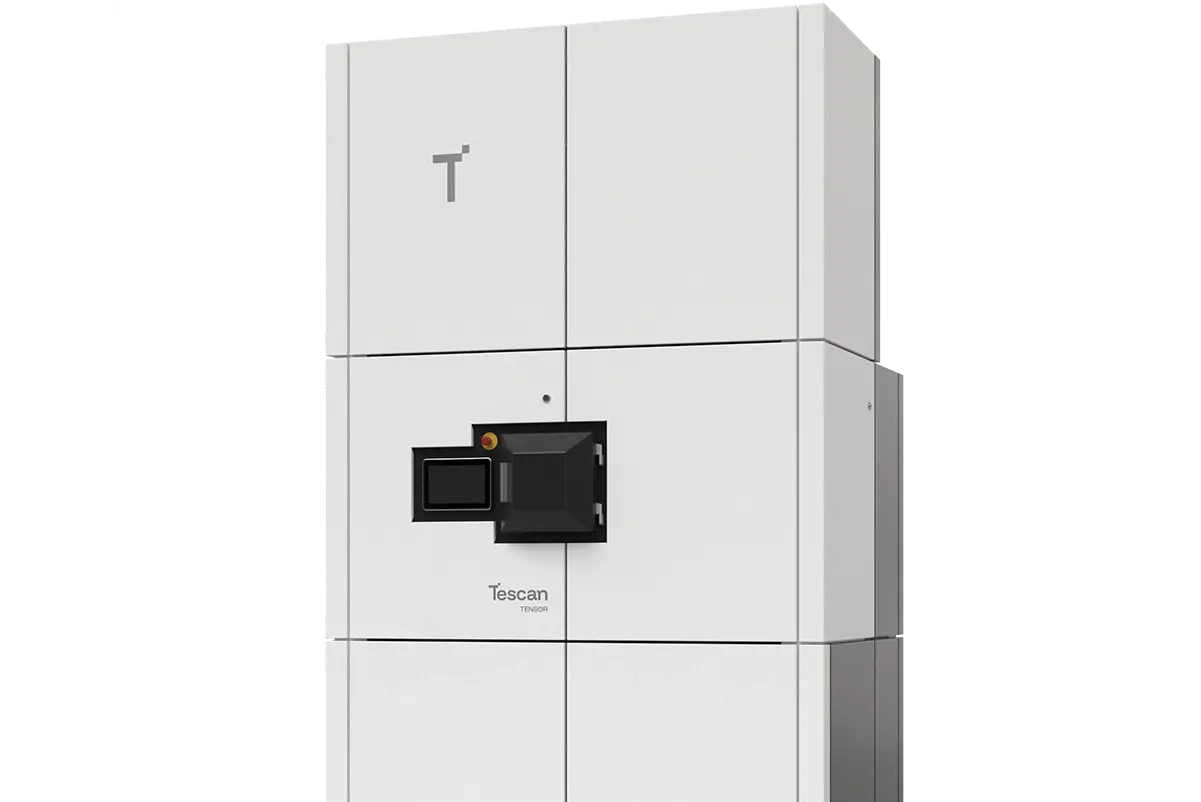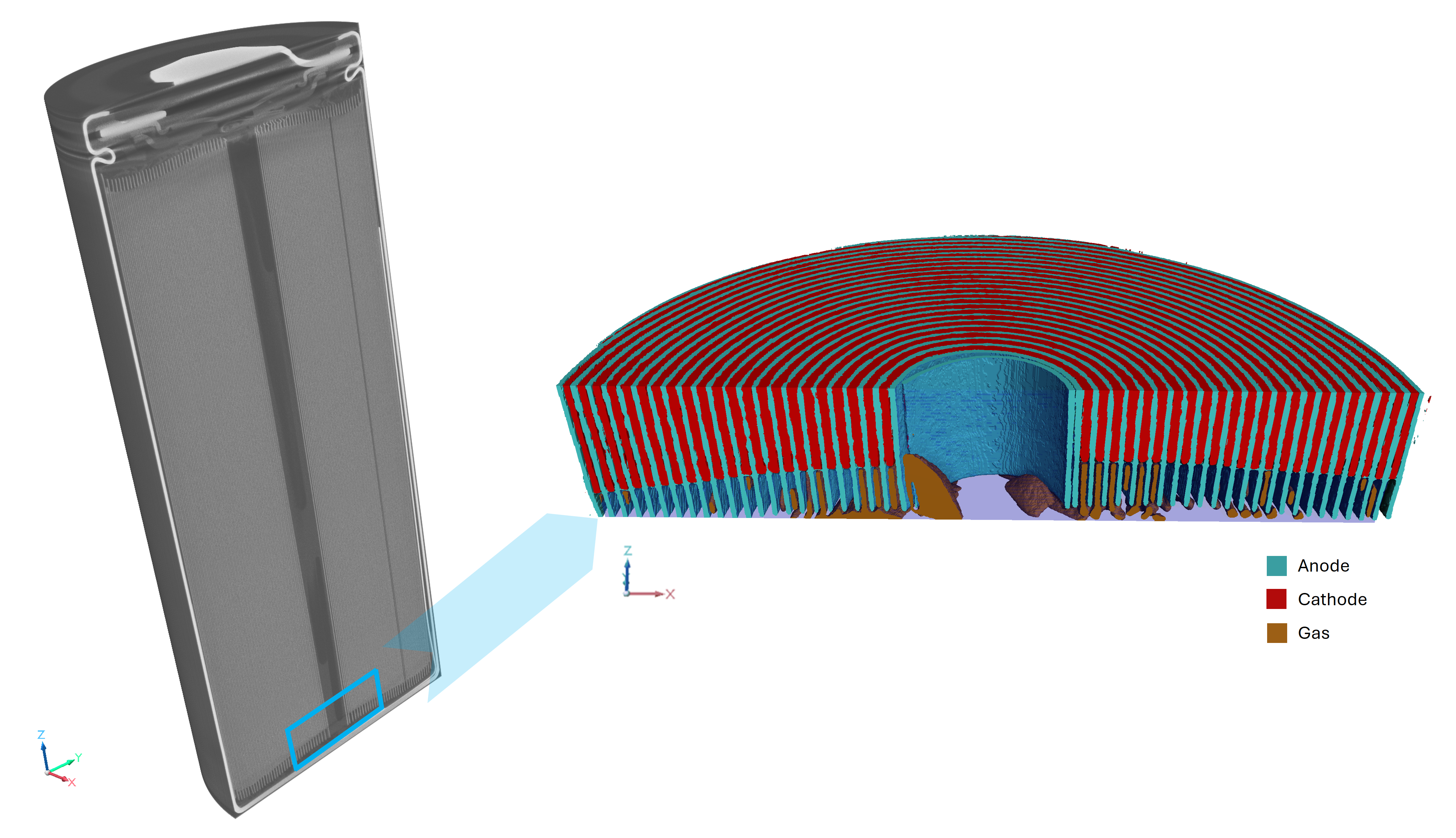Tescan TENSOR
A fully integrated analytical scanning transmission electron microscope that captures imaging, diffraction, and EDS data simultaneously for multimodal nanoscale characterization.
- Precession-assisted diffraction for cleaner patterns and better phase indexing
- Real-time orientation and phase mapping with nanometer spatial resolution
- Compatible with large fields of view and automated workflows for battery R&D










